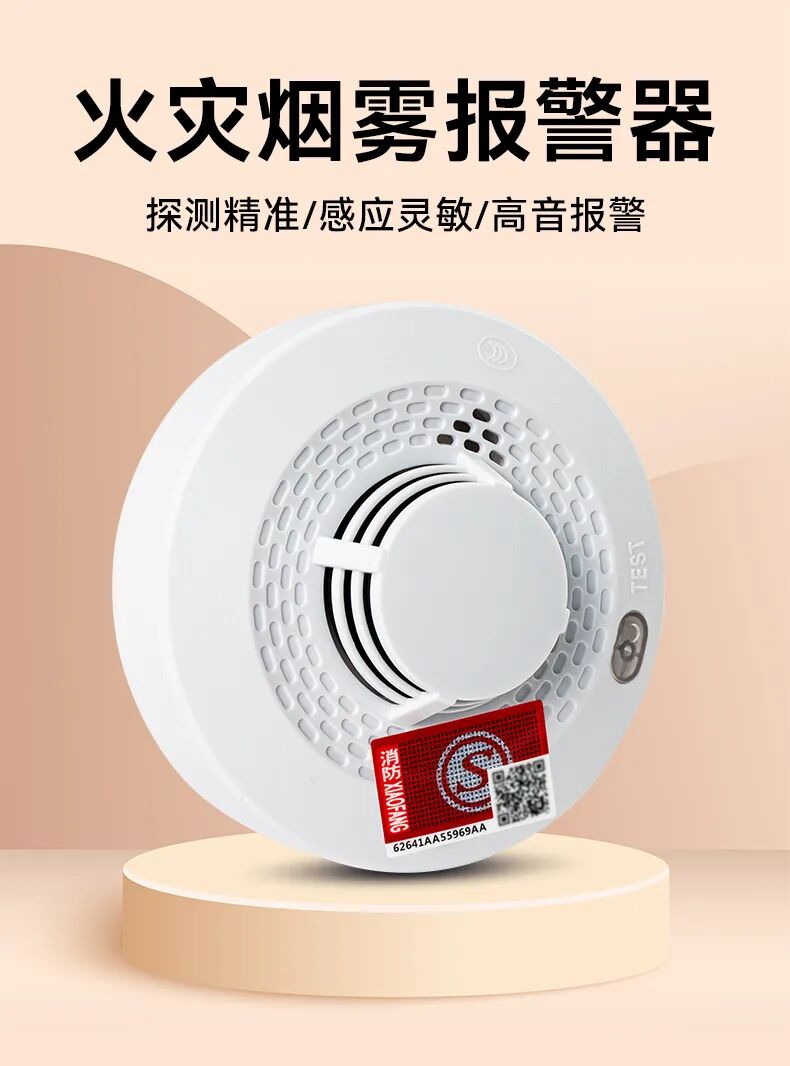
The Wi-Fi, NB, and 4G smoke detectors differ mainly in network technology, applicable scenarios, power consumption, and cost. Below is a comparative analysis based on core dimensions:

1. Network Technology and Coverage
- Wi-Fi Model
- Technical Principle: Relies on local Wi-Fi networks for data transmission and requires a router.
- Coverage Area: Limited to the Wi-Fi signal coverage area, suitable for fixed locations such as homes and offices.
- Typical Features: Supports remote notifications via APP, mute control, and some models integrate temperature monitoring.
- Technical Principle: Based on narrowband IoT technology, directly connects to the carrier’s cellular network without the need for a gateway.
- Coverage Area: Strong penetration, suitable for complex environments like basements and warehouses, with broader coverage than Wi-Fi.
- Typical Features: Supports phone/SMS alarms, with standby time lasting up to 3-10 years (depending on low power design).
- Technical Principle: Uses 4G cellular networks, compatible with high-speed data transmission, suitable for remote areas.
- Coverage Area: Relies on 4G base station signals, suitable for rural and mountainous areas where Wi-Fi/NB signals are weak.
- Typical Features: Supports real-time remote monitoring, with some models integrating video transmission (requires high bandwidth).
2. Power Consumption and Standby Time
- Wi-Fi Model: Higher power consumption, relies on continuous network connection, with battery life typically 2-3 years.
- NB Model: Ultra-low power design, static current only 4μA, with some models having standby time up to 10 years.
- 4G Model: Highest power consumption, requires frequent communication to maintain the network, with battery life typically 1-3 years.
3. Installation Costs and Applicable Scenarios
| Type | Initial Cost | Operational Cost | Typical Scenarios |
|---|---|---|---|
| Wi-Fi | Low (no SIM card required) | No data fees | Homes, small shops |
| NB | Medium to high (requires NB-IoT dedicated SIM card) | Low data fees | Fire safety inspection projects, urban buildings |
| 4G | High (requires 4G SIM card and data plan) | High data fees | Mountains, temporary construction sites |
4. Functionality Extensibility
- Wi-Fi Model: Easily integrates with smart home systems (e.g., Tuya Smart), supports multi-device collaboration.
- NB/4G Models: Suitable for independent deployment or large-scale networking, with the NB model being more suitable for massive device access (e.g., smart city smoke detection networks).
5. Selection Recommendations
- Home Users: Prefer the Wi-Fi model (low cost, easy installation), consider the NB model for ultra-long standby.
- Commercial/Industrial Scenarios: NB model (low power, wide coverage) or 4G model (for remote areas).
- Fire Safety Inspection Projects: Must meet specific communication standards, the NB model is recommended for its long standby and stable connectivity.
Specific model parameters (e.g., standby time, alarm methods) should refer to product specifications (e.g., differences between Wi-Fi promotional models and NB quality models).
